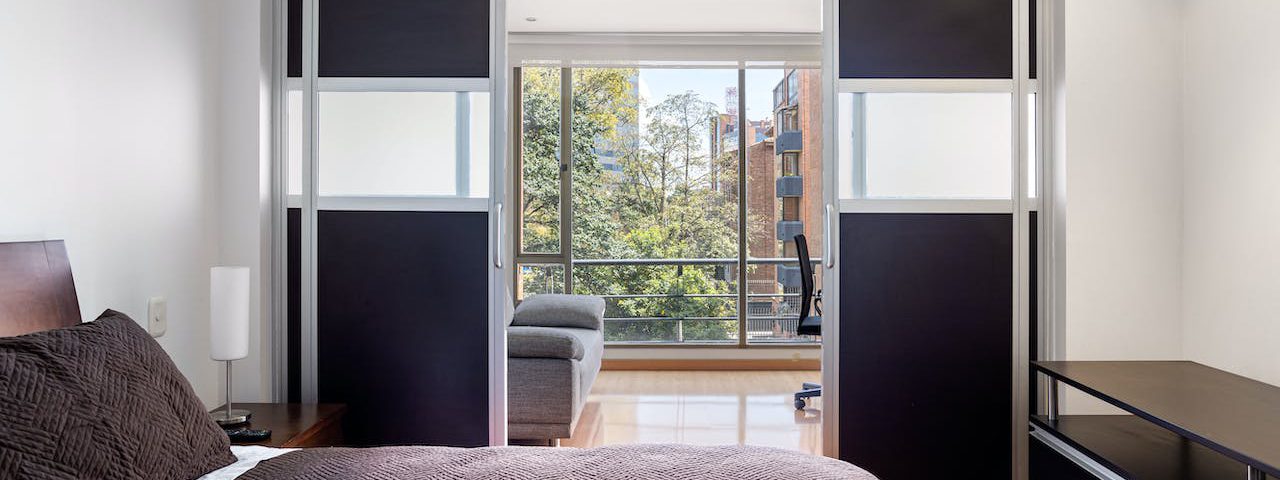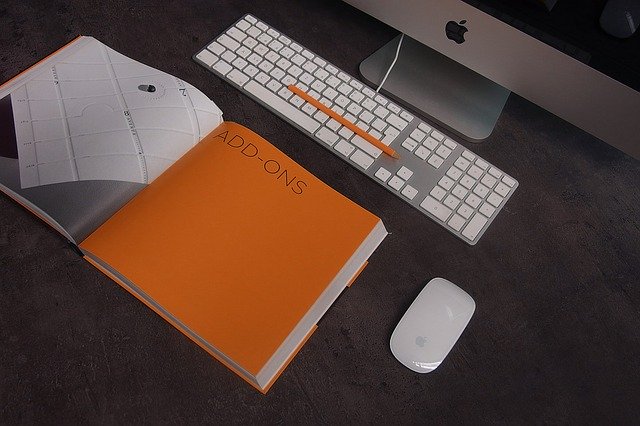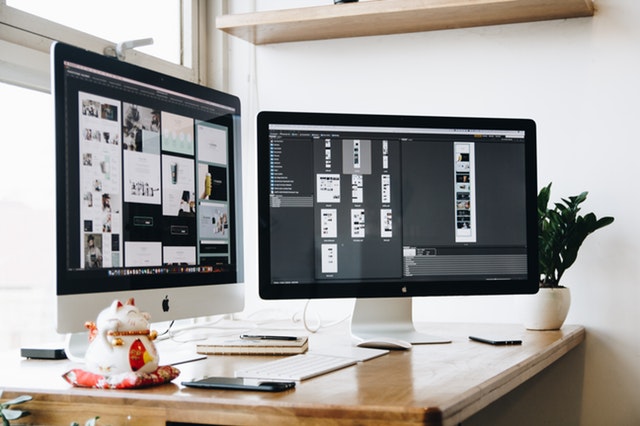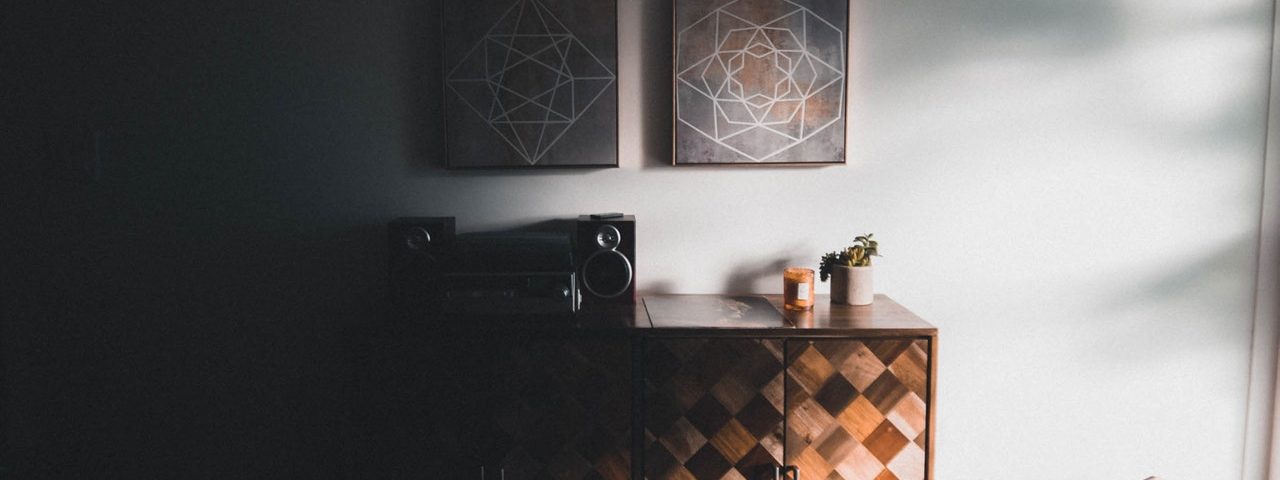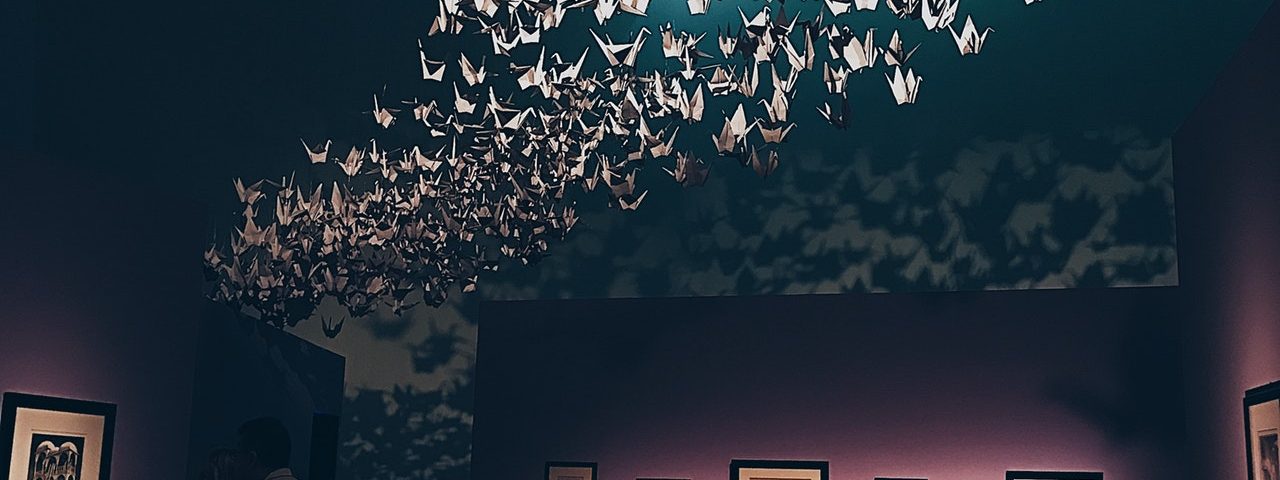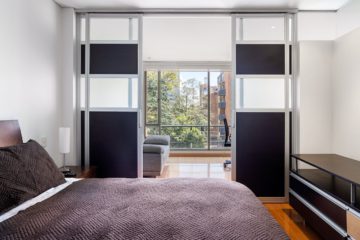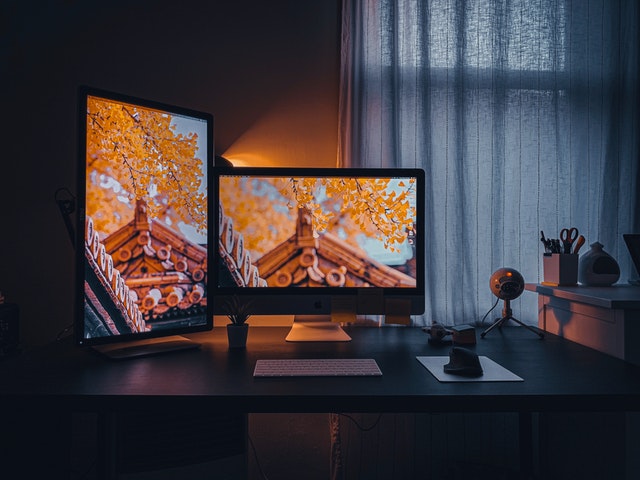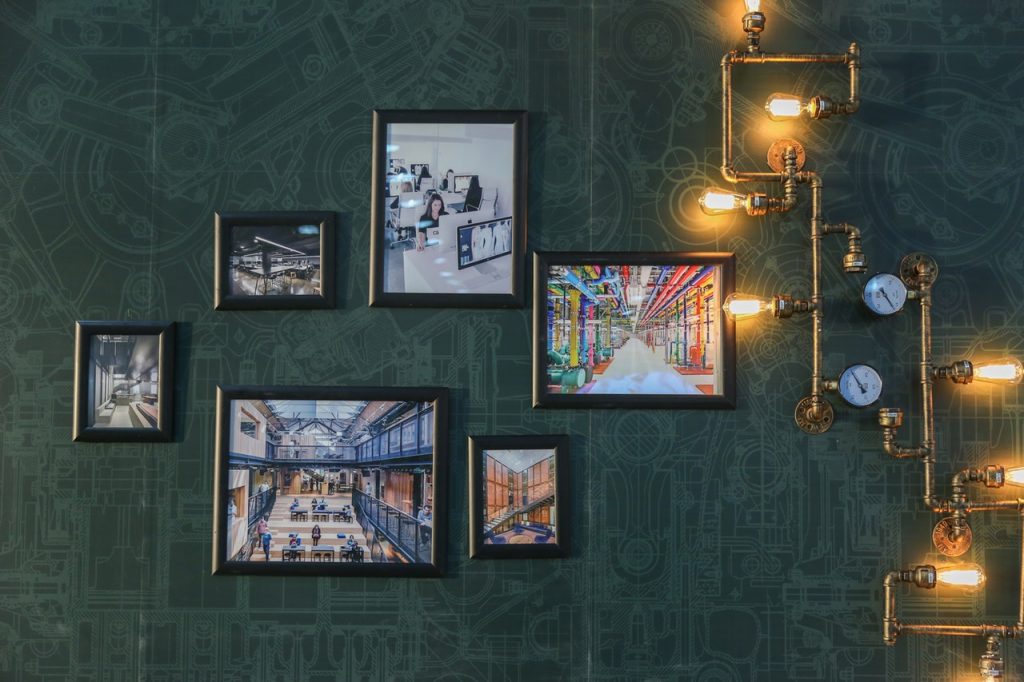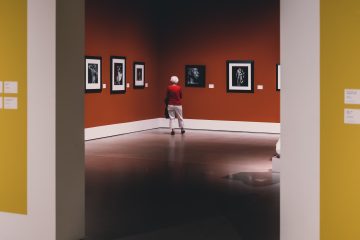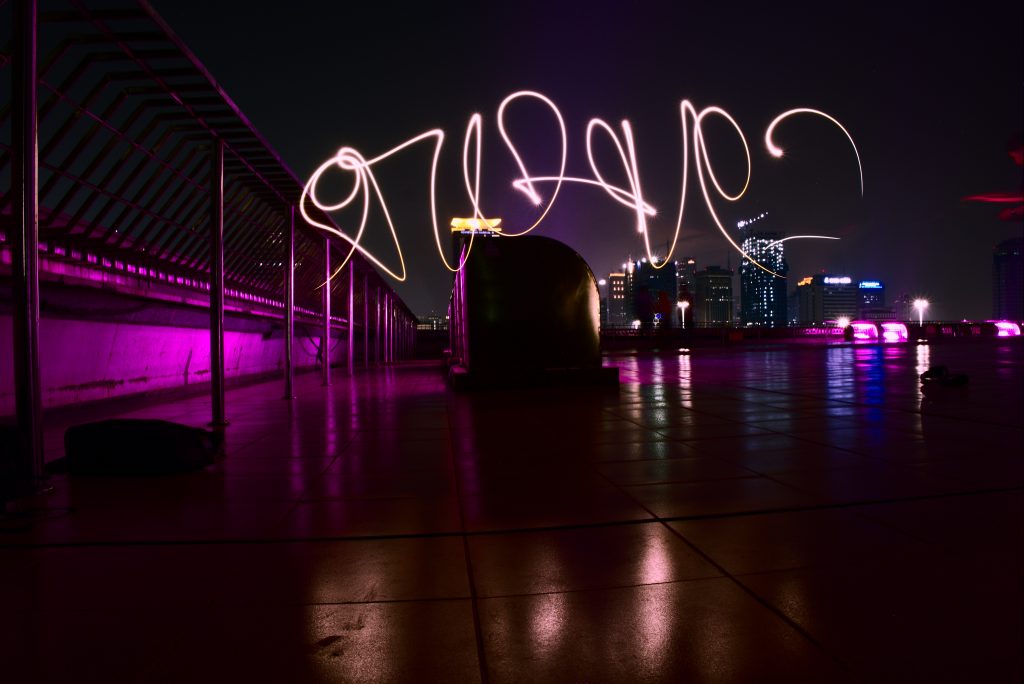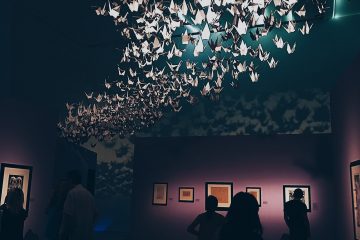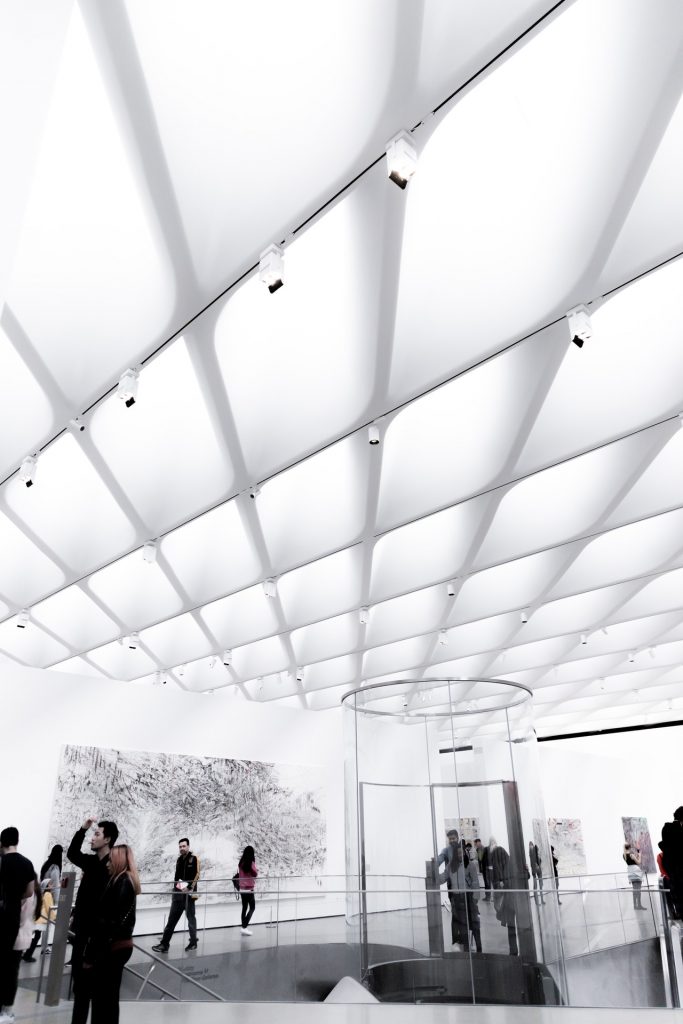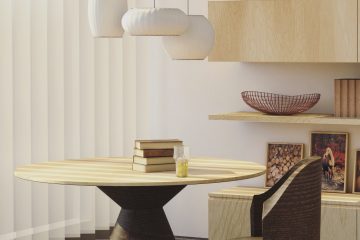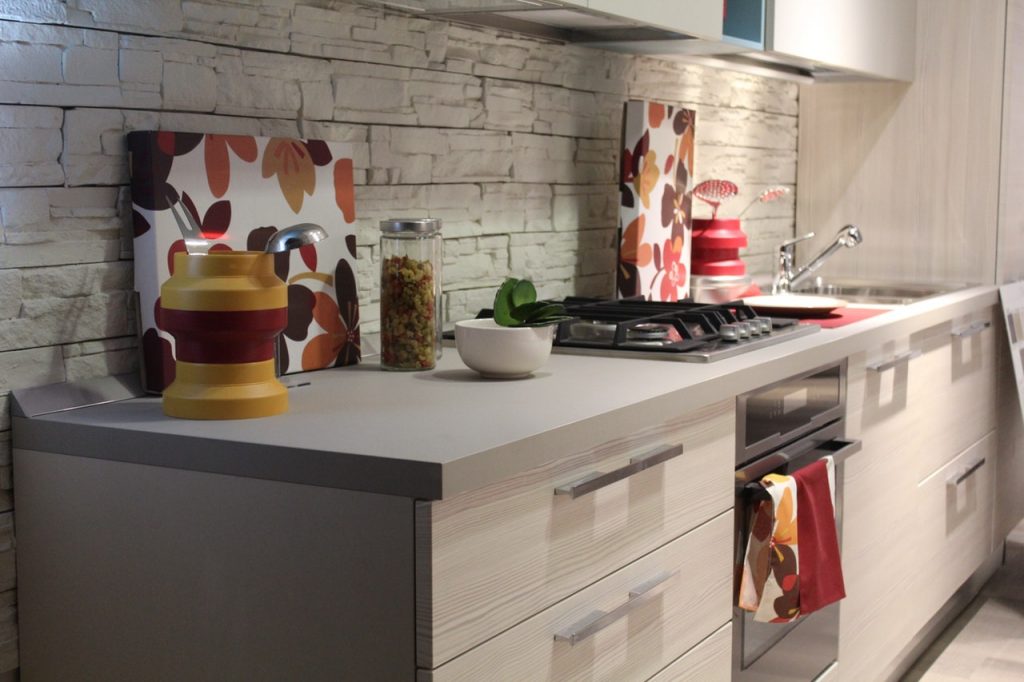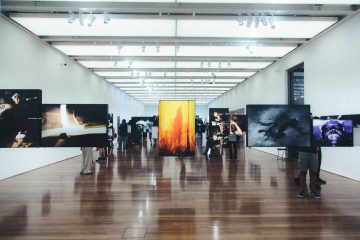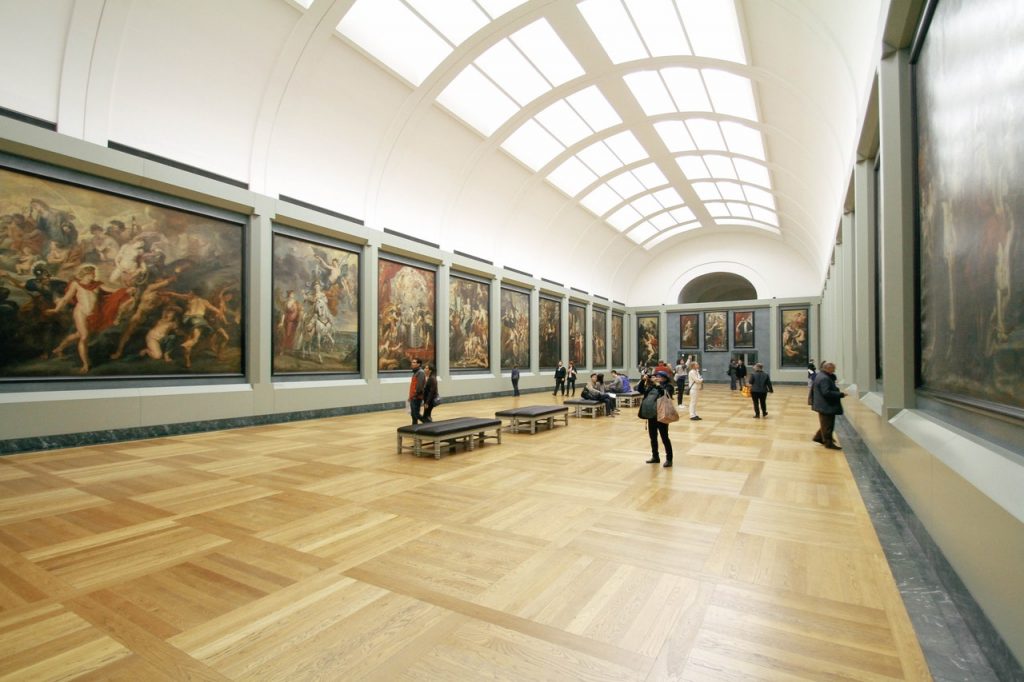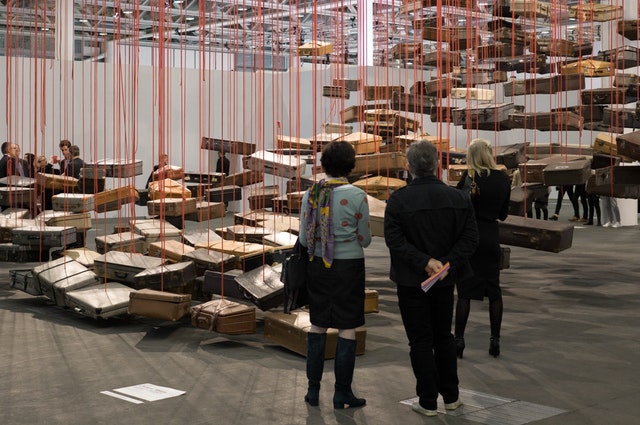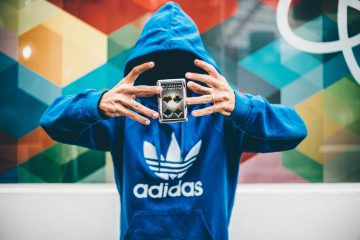In the world of construction, a successful project hinges not only on quality craftsmanship but also on effective management. Construction management is the art of orchestrating the various elements of a construction project to ensure it is completed on time, within budget, and to the satisfaction of all stakeholders. A delicate balance of planning, organization, leadership, and problem-solving can make or break a project’s outcome. In this article, we will explore the intricacies of construction management and how it contributes to the successful delivery of construction projects.

The Role of a Construction Manager
A construction manager, often called a CM, plays a pivotal role in overseeing the entire construction process. Their responsibilities are multifaceted and include:
1. Project Planning: The construction manager collaborates with architects, engineers, and other stakeholders to craft a comprehensive construction project management plan. This plan outlines the project’s scope, budget, timeline, and objectives.
2. Budget Management: One of the core responsibilities of a CM is budget management. They must ensure the project stays within the allocated budget by monitoring expenses, tracking costs, and adjusting as needed.
3. Resource Allocation: The construction manager coordinates the allocation of resources, including labour, materials, and equipment. Efficient resource management is critical for keeping the project on track.
4. Scheduling: Creating and maintaining a project schedule is another critical task. The CM sets timelines, establishes milestones, and tracks progress to ensure the project remains on schedule.
5. Risk Assessment and Mitigation: Identifying potential risks and developing mitigation strategies is crucial. Construction managers must anticipate challenges and have contingency plans in place.
6. Quality Control: A priority is ensuring that work meets quality standards and specifications. Construction managers implement quality control measures to maintain the project’s integrity.
7. Communication: Effective communication is essential. CMs act as intermediaries between various parties, keeping everyone informed and facilitating collaboration.
The Construction Management Process
The construction management process can be broken down into several key phases:
1. Pre-Construction Phase:
– Project Initiation: The process begins with project initiation, where the need for the project is identified, and its feasibility is assessed.
– Design Development: During this phase, architects and engineers develop detailed plans and specifications for the project.
– Procurement: The CM plays a role in procuring necessary permits, materials, and subcontractor services.
– Budgeting: A construction estimation based on the project’s scope, design, and estimated costs.
2. Planning Phase:
– Project Plan: The construction manager develops a comprehensive plan outlining the project’s objectives, scope, schedule, budget, and resources.
– Risk Assessment: Risks are identified and assessed, and strategies are devised to mitigate them.
– Scheduling: A detailed project schedule is created, including milestones and deadlines.
3. Execution Phase:
– Resource Allocation: Labor, materials, and equipment are allocated according to the project plan.
– Quality Control: The CM ensures that work is completed according to specifications and quality standards.
– Communication: Effective communication is crucial to coordinate work among various subcontractors and teams.
4. Monitoring and Control Phase:
– Progress Tracking: The CM closely monitors progress against the project schedule and budget, making adjustments as necessary.
– Issue Resolution: Problems and challenges are addressed promptly to avoid delays or cost overruns.
– Change Management: Project scope or design changes are managed and documented.
5. Closeout Phase:
– Final Inspection: The project undergoes a final inspection to ensure that all work meets quality standards and specifications.
– Documentation: All project documentation, including warranties, permits, and inspection reports, is compiled and organized.
– Handover: The project is handed over to the client, and any outstanding tasks or issues are resolved.
Benefits of Construction Management
Effective construction management offers numerous benefits:
1. Cost Control: Construction managers help keep projects within budget by closely monitoring expenses and making cost-effective decisions.
2. Time Efficiency: Construction managers ensure that projects are completed on time through meticulous scheduling and progress tracking.
3. Quality Assurance: Quality control and inspections are implemented to maintain high-quality workmanship.
4. Risk Mitigation: Construction managers identify and address potential risks, reducing the likelihood of costly issues.
5. Communication: Construction managers facilitate stakeholder communication, promoting collaboration and transparency.
Challenges in Construction Management
Despite its many advantages, construction management comes with its share of challenges:
1. Unforeseen Issues: Construction projects can encounter unexpected challenges, from weather disruptions to unforeseen site conditions.
2. Resource Allocation: Efficiently allocating resources, such as labour and materials, can be complex, especially in large-scale projects.
3. Regulatory Compliance: Navigating the complex landscape of regulations and permits is a constant challenge.
4. Human Resource Management: Managing diverse teams of subcontractors and labourers requires strong leadership and interpersonal skills.
5. Technology Integration: Embracing technology for project management and data analysis is essential but can be challenging for some in the industry.
Construction management is the linchpin that holds the construction process together. It’s a multifaceted discipline that requires a combination of technical expertise, leadership, and problem-solving skills. Successful construction management results in projects completed on time, within budget, and to the satisfaction of all stakeholders. As the construction industry evolves, construction managers will play an increasingly vital role in delivering complex and innovative projects that shape our built environment.

